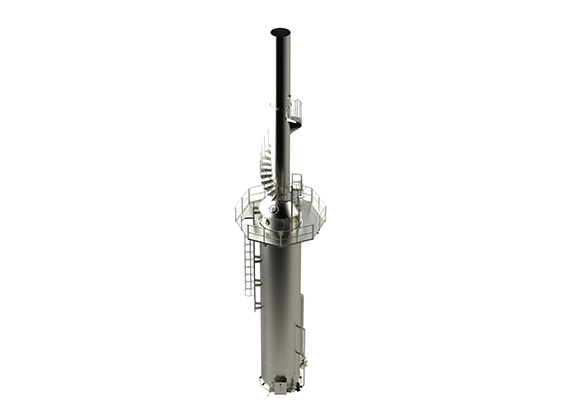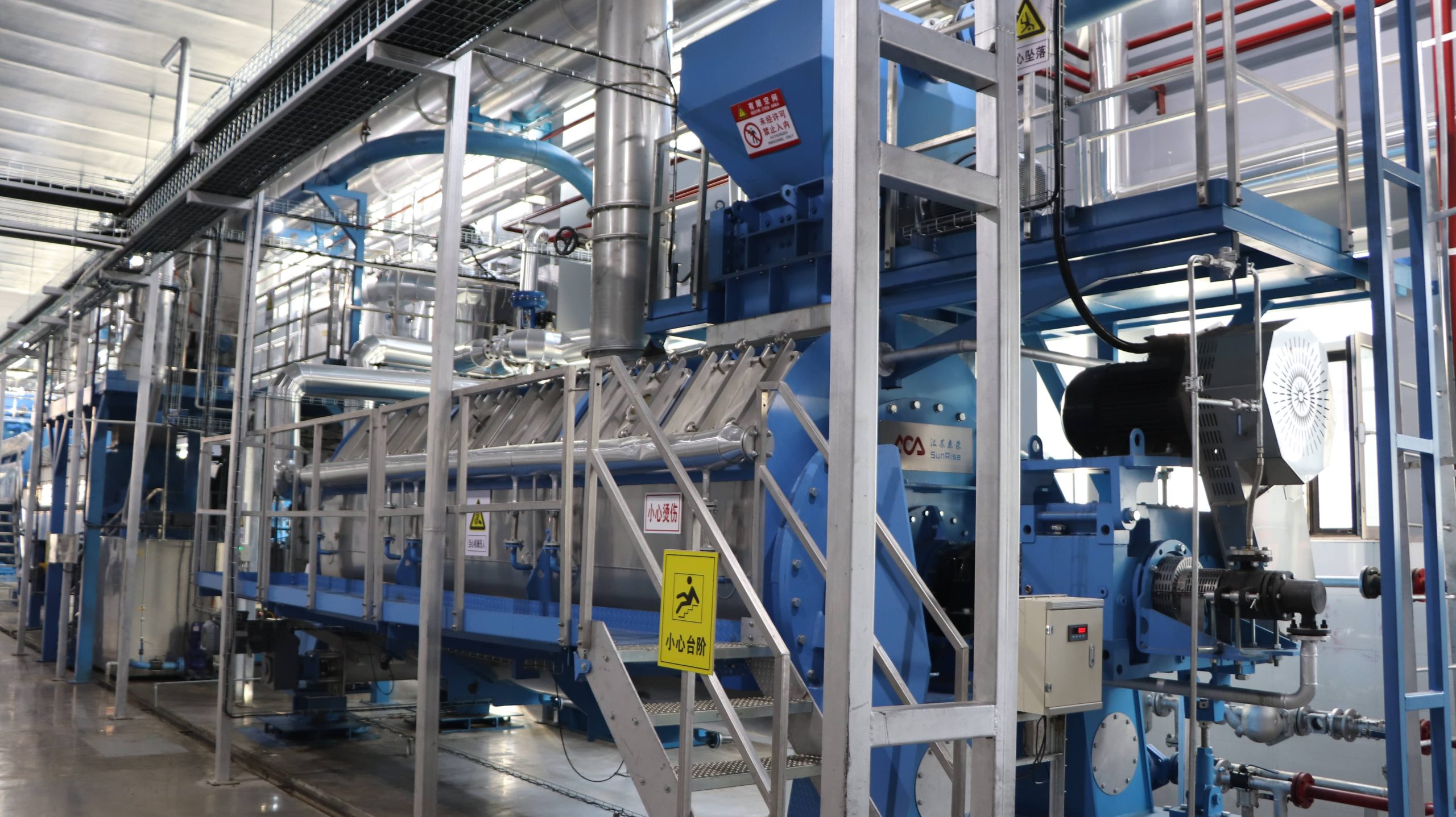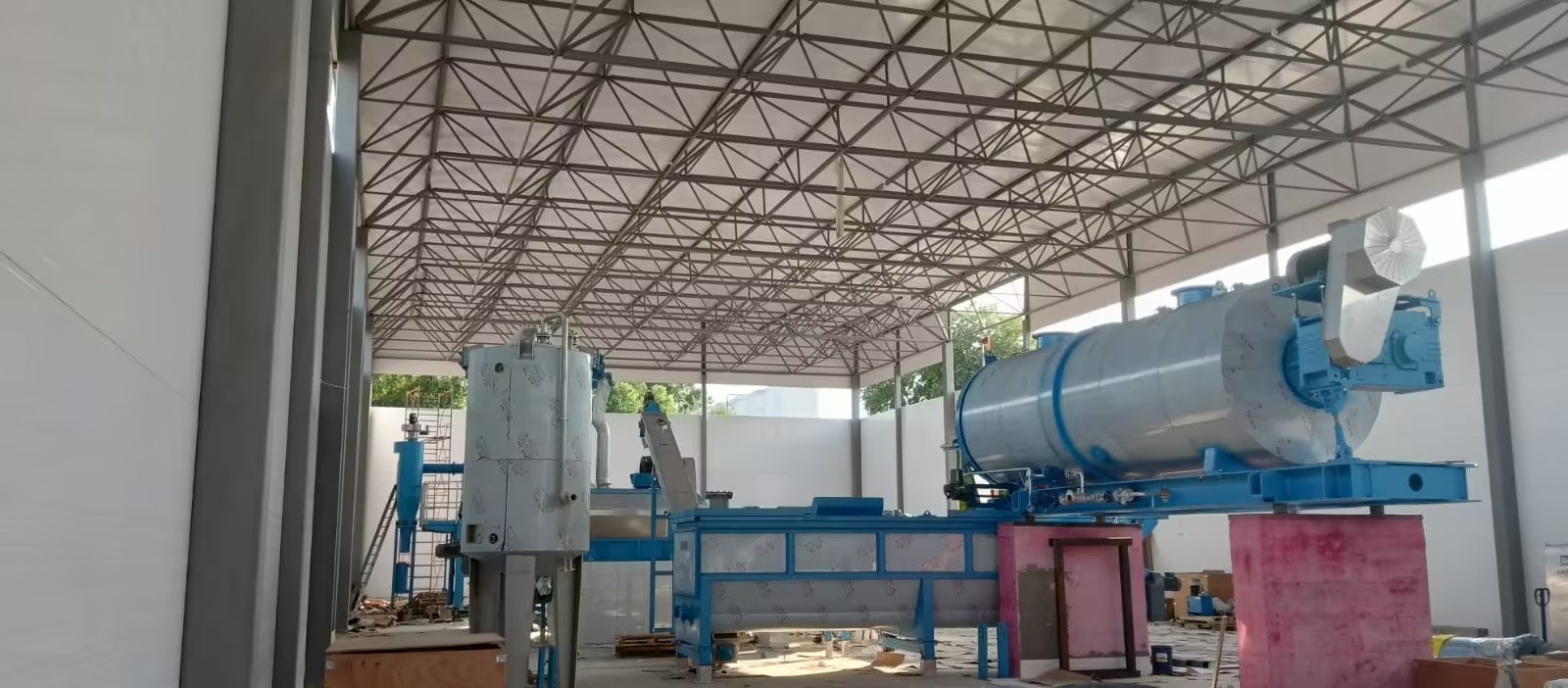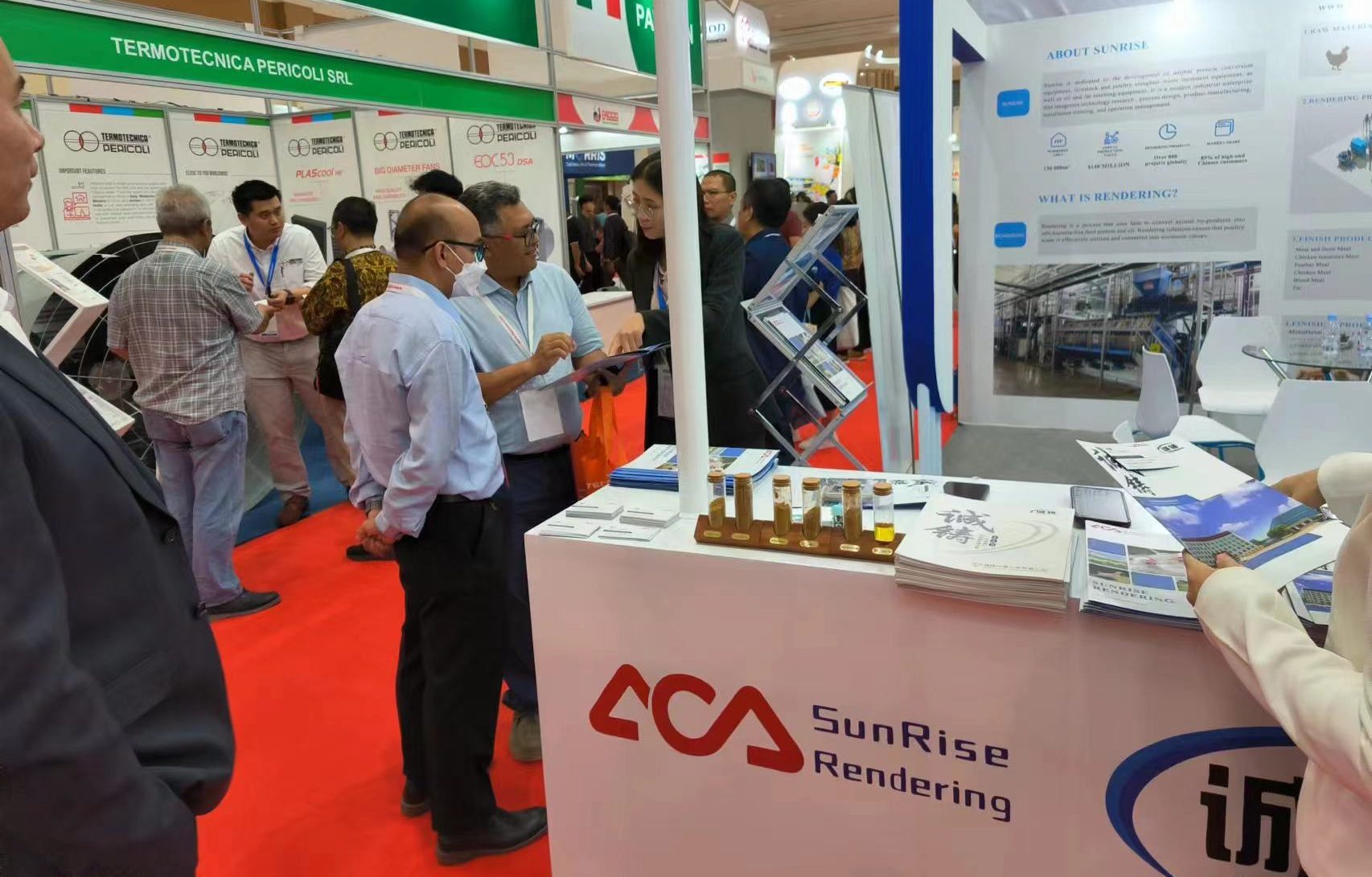
The Vital Role of Meat Rendering Plant in Sustainable Agriculture: The Unsung Heroes
The Vital Role of Meat Rendering Plant in Sustainable Agriculture: The Unsung Heroes
What is meant by a meat rendering plant?
Meat rendering plant is crucial to the food business because they turn animal waste into components for goods like pet food, cosmetics, and biodiesel. However, specialists and the general public are becoming increasingly concerned about the environmental and health effects of these facilities. To transform animal byproducts into valuable goods like lipids, proteins, and minerals, meat rendering factories play a significant role in the meat business. However, concerns have been raised about their effectiveness and environmental effects in recent years.
Is it beneficial or harmful to the environment?
- Because they transform animal waste into usable resources rather than polluting landfills or contaminating waterways like municipal wastewater treatment facilities, do when they discharge untreated sewage into rivers and lakes during storms, rendering plants are helpful for the environment. Rendering facilities are crucial for cutting greenhouse gas emissions and handling waste from farms and slaughterhouses by converting it into valuable items like motor oil or fertilizer. Similar to SunRise Exhaust Abatement, it is primarily appropriate to safely treat cattle and poultry to remove the toxic gases created during the rendering process.
- It lessens the garbage that would otherwise be incinerated or dumped in landfills. Utilizing sustainable energy sources like landfill gas rather than fossil fuels like oil or coal also lowers greenhouse gas emissions. Because they involve animal parts that potentially include harmful bacteria or viruses that could make you sick if consumed by people or animals, rendering plants is not the best option for everyone.
- Although they may be found worldwide, rendering factories are most frequently utilized in regions with large animal production and consumption. These regions will see a lot of animal slaughter each year, and the carcasses of those animals need to be properly disposed of so they don’t damage the area’s water supplies or endanger the public’s health.
Considerations to Make When Selecting Rendering Factory Machines:
Animal byproducts, including fat, bone, and protein, are processed at animal rendering factories to create valuable goods like animal feed, fertilizer, and biofuels. Slaughterhouses, meat packing factories, and poultry processing facilities are just a few examples of facilities that process animals and produce byproducts. Because they make sure that the waste from animal processing facilities is converted into usable goods, rendering factories essential to the food business. They contribute greatly to environmental sustainability by minimizing the dumping of animal byproducts in landfills, which can cause environmental damage. You must get the best equipment if you’re considering establishing an animal rendering facility.
The following guidelines might help you work with processing equipment manufacturers for rendering plants.
- The maker must give the customer comprehensive technical information about its goods.
- From acquiring raw materials through the processing and packaging of the final product, the end user should have a comprehensive grasp of the whole process.
- To ensure high-quality goods and minimize production-stage problems, the producer should execute test runs before beginning mass production.
- The maker is responsible for ensuring the product complies with all safety regulations, including those related to its usage by operators and maintenance workers at their places of employment.

New, cutting-edge technology and processes globally: Meat rendering plant
The latest version of Sunrise rendering technology will fulfil all your needs while increasing productivity, lowering expenses, and raising quality. Sunrise rendering technology has advanced globally, and both domestic and foreign clients have praised its effectiveness. The primary procedures in animal rendering plants involve the storage and crushing of raw materials, the high-temperature and high-pressure cooking system, the melting of oil, the packaging system, and the waste gas treatment system. All of these procedures do not require water.
Wet and dry processing are the two most popular approaches in animal-rendering factories. By adding meat leftovers or small intestine remnants from the production of meat products, the wet technique can increase the protein content of cattle and poultry bone meals. The dry technique can generate meat and bone meal by removing moisture from fresh meat remnants at high temperatures.
The procedure at meat-rendering facilities:
The machinery used in commercial meat processing plants has undergone testing and complies with safety standards. The entire apparatus is constructed of stainless steel, which does not rust or change colour quickly. Sunrise will be able to determine how many production lines are required based on the unique task requirements. The meat rendering plant has a complicated procedure. It entails several stages, including gathering ill and dead animals in the farm’s breeding process, cleaning up the slaughterhouse’s leftovers, heating the ingredients under high pressure and heat, and pressing the mixture to separate the fat from the meat powder.
- Gathering deceased animals for the rendering plant’s use as poultry waste is the first stage in the process. These animals can be found being reared for slaughter on farms or in other places. After the animals have been gathered, they are sent to a rendering facility to be turned into other goods.
- The next phase in this procedure is to smash these ill and dead animals, place them in a cooking tank, cook them under high pressure and heat, and then press the cooked meat to extract the oil. After oil extraction, the powder is crushed, packaged, and the oil is spun in a centrifuge to separate it. The oil tank then receives the slag from within.
- The resultant beef powder and oil are packed and sold to feed mills for processing when all of this is completed. The oil produces soap and candles, while the meat powder can be added to animal feed or utilized as an organic fertilizer.
Conclusion:
For animal rendering factories specifically, SunRise machines were created. Our devices are simple to operate and energy-efficient. We produce outstanding outcomes at a reasonable price. Animal by-products, including meat scraps, bones, intestines, skulls, and more, may be processed using equipment like the Sunrise Batch Cooker. Due to its dedication to offering high-quality goods and services at reasonable rates, SunRise has experienced consistent growth over the past few years. SunRise mission has always been to offer clients the greatest-quality goods at market-beating prices while upholding the highest standard of customer care. In addition to its in-house research and development staff, SunRise collaborates with several industry leaders as partners.



